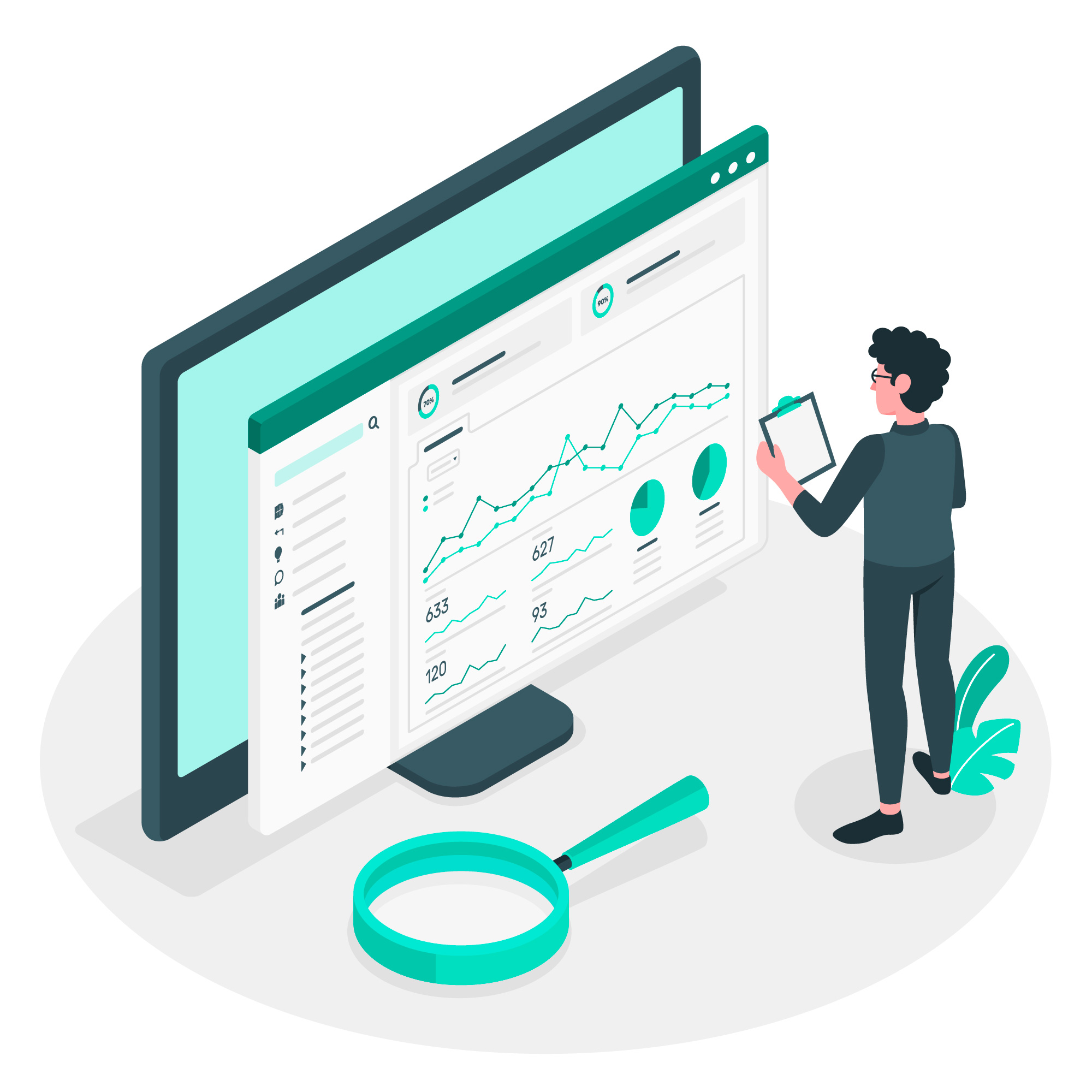5 tips to Leverage Node.js for Analytics and Business Intelligence Startups
 Aaric Evans
Aaric Evans
Real-time analytics, data visualization, and business intelligence are essential for startups seeking data-driven insights to drive growth and maintain competitiveness. By providing timely and actionable information on market trends, customer behavior, and operational performance, startups can identify opportunities, optimize strategies, and adapt to market changes. Node.js, with its capacity to handle large datasets and deliver real-time insights, is a compelling choice for startups.
The complexity of building real-time analytics and data visualization websites is high due to their demands for handling large data volumes and delivering instantaneous insights. Therefore, it is crucial for startups to hire dedicated node.js developers who possess the essential expertise and experience to leverage the full potential of Node.js's event-driven architecture and non-blocking I/O. These skilled developers are adept at enabling efficient data processing and seamless user experiences.
Understanding the Need for Real-Time Analytics:
In today's fast-paced business environment companies require up-to-the-minute data and analysis to make informed decisions and stay competitive. However, traditional batch processing faces challenges such as delays in data availability, limited processing capacity, high resource requirements, and a lack of interactivity. To overcome these constraints and meet the increasing demand for real-time insights, businesses are exploring alternative approaches like real-time processing, enabling them to act swiftly and gain a competitive advantage.
The Power of Node.js for Real-Time Analytics:
Node.js's event-driven architecture empowers developers to handle concurrent requests and process data in real-time. By leveraging asynchronous programming, Node.js enables efficient utilization of system resources and eliminates blocking, ensuring seamless handling of multiple operations simultaneously. Additionally, Node.js's non-blocking I/O model enhances data processing and delivery by allowing for parallel operations, minimizing latency, and optimizing throughput. These features make Node.js highly scalable and performant, particularly when dealing with large volumes of data, making it an ideal choice for applications requiring real-time data processing and delivery.
practical tips for implementing real-time data visualization features.
Establishing Real-Time Data Streams
Use libraries like Socket.IO or WebSocket to establish a real-time connection between the server and client. Emit data updates from the server whenever new data is available, and listen for those updates on the client-side to trigger visual updates.
Integration with Charting Libraries
Utilize popular charting libraries like Chart.js or D3.js to create visually appealing and interactive charts. Pass the real-time data received from the server into the chart components, dynamically updating the chart as new data arrives.
Optimizing Performance
Consider implementing throttling or debouncing techniques to control the frequency of data updates sent to the client. This can help manage server load and ensure a smoother user experience.
Real-Time Dashboards
Create a real-time dashboard using frameworks like React or Angular, allowing users to view multiple visualizations simultaneously. Organize and display the data in a user-friendly way, enabling users to easily interpret real-time updates.
Data Visualization Customization
Provide options for users to customize their data visualizations, such as adjusting chart types, color schemes, or filtering data. Implement interactive features like tooltips or drill-down capabilities to enhance user engagement.
Conclusion
It is extremely important for companies to stay updated with the latest technologies and be aware about nodejs development trends in order to develop cutting-edge websites with high performance to provide exceptional performance to its users.
Also, nodejs is just not enough, having a frontend library that works extremely well with nodejs is crucial. In such a scenario libraries like reactjs have emerged as the perfect choice. To understand how to use reactjs and nodejs together one must learn about nodejs vs reactjs which can help them make informed decisions about their analytics and data visualization startups
Subscribe to my newsletter
Read articles from Aaric Evans directly inside your inbox. Subscribe to the newsletter, and don't miss out.
Written by
